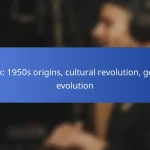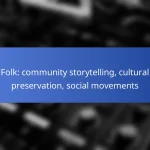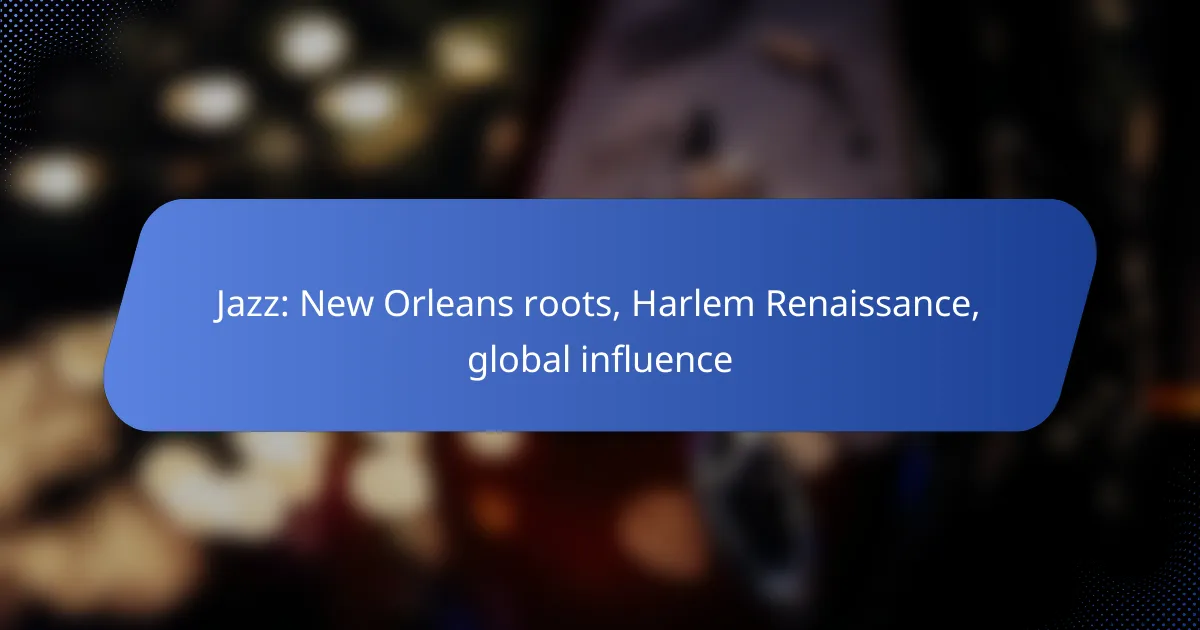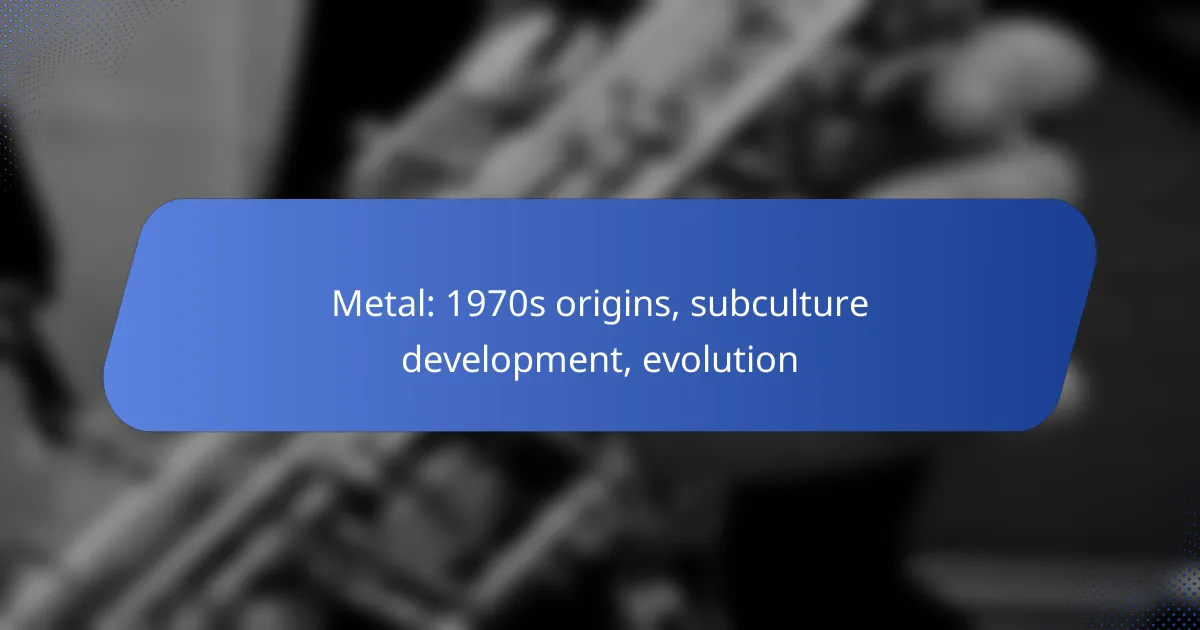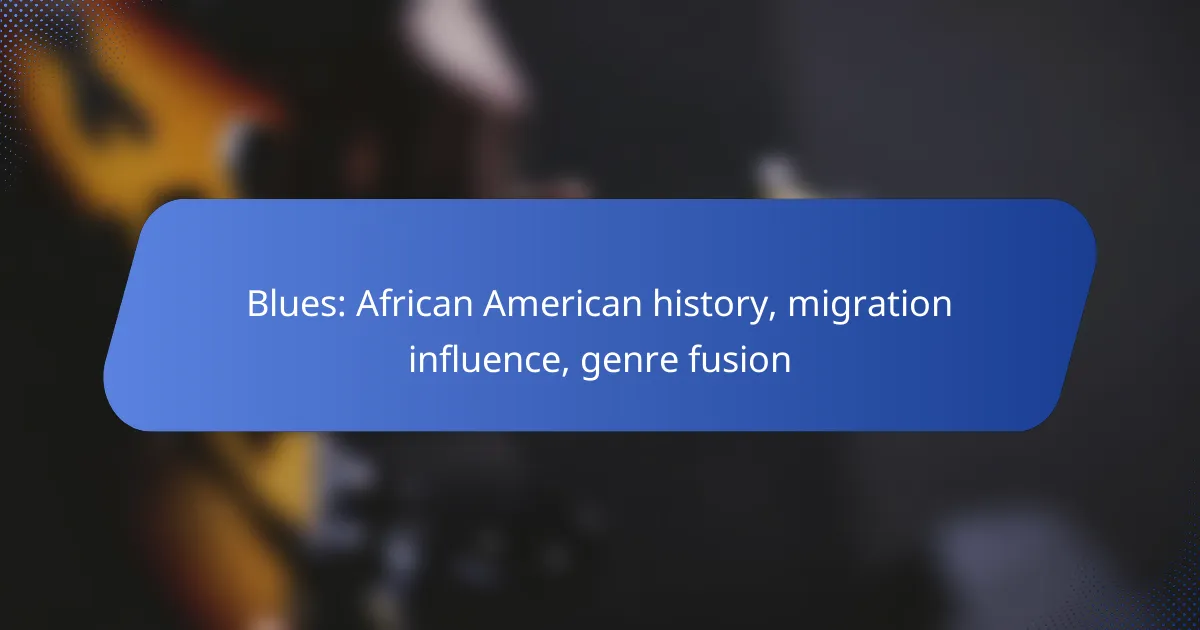Pop music experienced a remarkable rise in the 20th century, fueled by technological advancements and shifting cultural landscapes. This genre not only became a dominant force in global music but also transformed how music is produced and consumed, thanks to innovations in recording technology and the advent of digital streaming. With its catchy melodies and relatable themes, pop music has significantly influenced cultures and lifestyles around the world, fostering connections and cultural exchange.
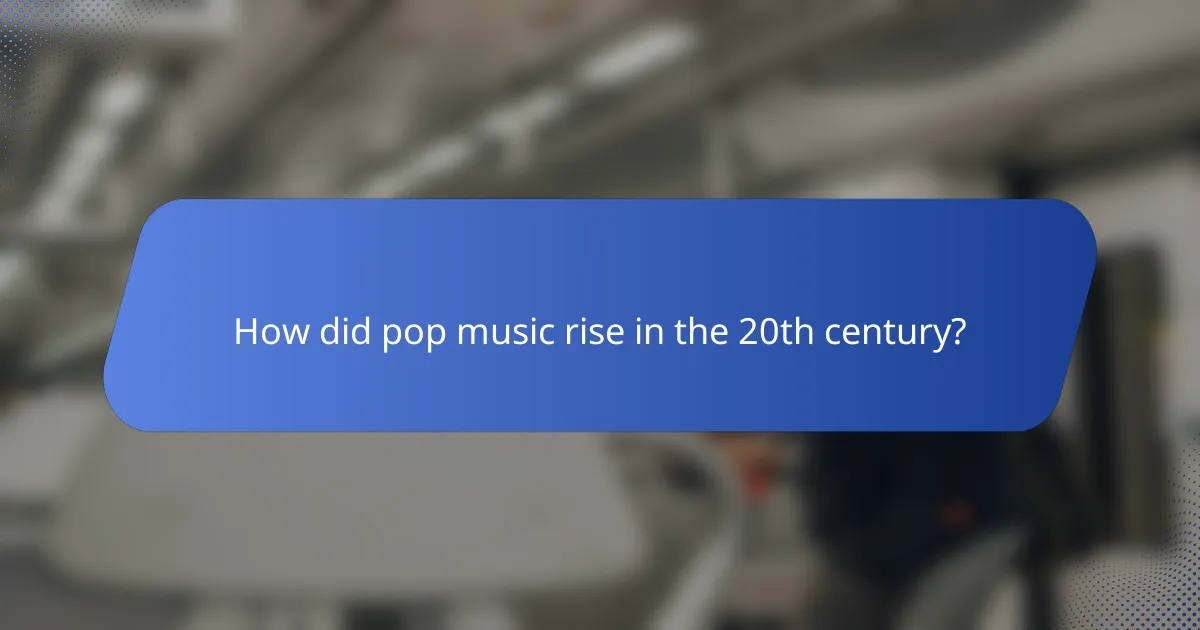
How did pop music rise in the 20th century?
Pop music experienced a significant rise in the 20th century, driven by technological advancements and cultural shifts. The genre evolved rapidly, becoming a dominant force in global music, influenced by various media and iconic artists.
Influence of radio and television
Radio and television played crucial roles in the rise of pop music, making it accessible to a wider audience. By the mid-20th century, radio broadcasts featured popular songs, while television shows showcased live performances, allowing artists to reach millions of viewers. This exposure helped establish pop music as a mainstream genre.
Programs like “American Bandstand” and “Top of the Pops” introduced new artists and trends, creating a platform for emerging talent. The visual aspect of television also allowed for the development of a star image, further enhancing the appeal of pop music.
Key artists and movements
Several key artists and movements significantly shaped the landscape of pop music throughout the 20th century. Icons such as Elvis Presley, The Beatles, and Michael Jackson not only defined their eras but also influenced countless musicians who followed. Each brought unique styles and innovations that pushed the boundaries of pop music.
Movements like the British Invasion and the rise of disco in the 1970s showcased the genre’s versatility. These shifts reflected changing tastes and cultural dynamics, solidifying pop music’s status as a central element of popular culture.
Impact of cultural shifts
Cultural shifts throughout the 20th century had a profound impact on pop music, reflecting societal changes and trends. The civil rights movement, for example, inspired artists to address social issues through their music, leading to the emergence of genres like funk and soul that blended pop elements with powerful messages.
Additionally, the advent of youth culture in the 1960s and 70s created a new audience for pop music, as young people sought music that resonated with their experiences and aspirations. This connection between pop music and cultural identity continues to shape the genre today.

What technological advancements shaped pop music?
Technological advancements have significantly influenced the evolution of pop music, enhancing production quality and accessibility. Key developments in recording technology, the rise of music videos, and the impact of digital streaming have transformed how music is created, consumed, and shared globally.
Development of recording technology
The development of recording technology has revolutionized pop music by allowing artists to capture sound with unprecedented clarity. Innovations such as multi-track recording and digital audio workstations (DAWs) enable musicians to layer sounds and edit tracks, creating polished final products.
For example, the introduction of compact discs in the 1980s improved sound quality and durability compared to vinyl records. Today, artists can produce music from home studios using affordable software, democratizing music production and enabling a diverse range of voices to emerge.
Role of music videos
Music videos have become a crucial aspect of pop music, serving as a visual extension of songs that enhances audience engagement. The launch of MTV in the early 1980s marked a turning point, as artists began to create visually compelling narratives that complemented their music.
Today, platforms like YouTube allow artists to reach global audiences instantly, with some music videos garnering millions of views shortly after release. This visual medium not only promotes songs but also shapes artists’ images and branding, making it essential for success in the pop industry.
Impact of digital streaming
Digital streaming has transformed how listeners access and enjoy pop music, shifting the industry from physical sales to subscription-based models. Services like Spotify and Apple Music allow users to stream millions of tracks on-demand, changing consumption habits and artist revenue streams.
Streaming has also facilitated the rise of playlists, which can significantly boost an artist’s visibility. However, it has led to challenges, such as lower per-stream payouts for musicians, prompting discussions about fair compensation in the digital age.

What is the global impact of pop music?
Pop music has a profound global impact, influencing cultures, economies, and lifestyles worldwide. Its catchy melodies and relatable themes resonate across diverse demographics, fostering connections and cultural exchange.
Cultural exchange and globalization
Pop music serves as a powerful medium for cultural exchange, breaking down geographical barriers and promoting global interaction. Artists from different countries often collaborate, blending musical styles and traditions, which enriches the global music landscape.
For instance, K-pop has gained immense popularity outside South Korea, introducing audiences to Korean culture while also incorporating Western musical elements. This cross-pollination fosters a greater appreciation for diverse cultures and encourages international dialogue.
Influence on fashion and lifestyle
The influence of pop music extends into fashion and lifestyle, as artists often set trends that fans eagerly adopt. Iconic figures like Madonna and Michael Jackson have shaped fashion movements, inspiring styles that resonate with youth culture.
Today, social media amplifies this effect, allowing trends to spread rapidly. For example, TikTok has become a platform where pop songs drive fashion choices, with users showcasing outfits inspired by their favorite artists, creating a cycle of influence that transcends borders.
Economic contributions of pop music
Pop music significantly contributes to the global economy through various channels, including music sales, streaming services, and live performances. The industry generates billions of dollars annually, supporting countless jobs in production, marketing, and event management.
In addition, pop music festivals attract tourism, boosting local economies. Events like Coachella in the United States or Glastonbury in the UK draw large crowds, generating revenue for surrounding businesses and creating economic opportunities in the hospitality sector.

What are the criteria for defining pop music?
Pop music is typically defined by its appeal to a broad audience, characterized by catchy melodies, simple lyrics, and a focus on production quality. It often incorporates elements from various genres, making it versatile and accessible to listeners worldwide.
Musical characteristics
Pop music is known for its strong hooks and memorable choruses, which are designed to engage listeners quickly. The structure often follows a verse-chorus format, making songs easy to follow and sing along to. Additionally, pop frequently utilizes electronic instruments and production techniques to create polished soundscapes.
Rhythm plays a crucial role in pop music, with many songs featuring a steady beat that encourages dancing. Common time signatures include 4/4, which is prevalent in many popular tracks. The use of synthesizers, drum machines, and auto-tune are also hallmark features that enhance the genre’s modern sound.
Commercial success metrics
Commercial success in pop music is often measured through sales figures, streaming numbers, and chart performance. Metrics like Billboard Hot 100 rankings in the United States or the Official UK Singles Chart are key indicators of a song’s popularity. High sales and streaming counts can lead to certifications such as Gold or Platinum status.
Another important metric is radio airplay, which significantly influences a song’s reach and visibility. Artists often aim for placements on popular radio stations to maximize exposure. Social media engagement and music video views on platforms like YouTube also serve as indicators of a song’s commercial viability in today’s digital landscape.

How has pop music evolved in Australia?
Pop music in Australia has evolved significantly since the mid-20th century, influenced by local artists, global trends, and technological advancements. The genre has seen a diverse range of styles, reflecting both the unique Australian culture and international influences.
Local artists and trends
Australian pop music has produced numerous influential artists, such as Kylie Minogue, INXS, and more recently, Tones and I. These artists have contributed to the global pop scene while also shaping local trends, often blending traditional Australian sounds with contemporary pop elements.
In recent years, there has been a rise in indie pop and electronic music, showcasing the diversity of talent across the country. Festivals like Splendour in the Grass and Laneway Festival highlight emerging local artists, fostering a vibrant music community.
Influence of Australian culture
Australian culture plays a crucial role in shaping the sound and themes of pop music. The incorporation of local slang, landscapes, and storytelling traditions gives Australian pop a distinct identity. This cultural influence resonates with both domestic and international audiences.
Moreover, the multicultural fabric of Australia enriches the pop music scene, as artists draw inspiration from various cultural backgrounds. This diversity is evident in the music of artists like Jessica Mauboy and The Kid LAROI, who blend different genres and influences to create unique sounds.
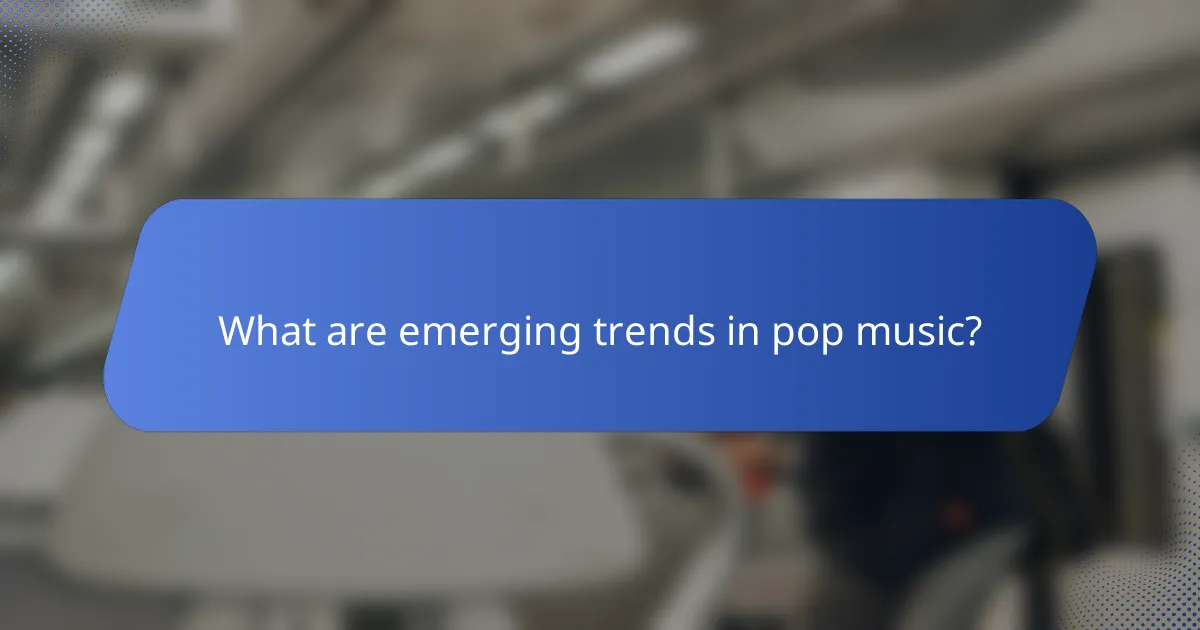
What are emerging trends in pop music?
Emerging trends in pop music reflect the evolving landscape shaped by technology, cultural shifts, and audience preferences. Key trends include the integration of advanced technology in music production and the rise of genre-blending, which creates diverse sounds appealing to a broader audience.
Integration of technology in music production
The integration of technology in music production has transformed how pop music is created and consumed. Digital audio workstations (DAWs) like Ableton Live and Logic Pro allow artists to produce high-quality tracks from home studios, reducing the need for expensive recording sessions.
Additionally, tools like auto-tune and virtual instruments have enabled musicians to experiment with their sound more freely. This democratization of music production means that aspiring artists can create professional-sounding music with relatively low budgets, often leading to a surge in independent releases.
Rise of genre-blending
The rise of genre-blending in pop music has led to innovative sounds that defy traditional categorization. Artists are increasingly mixing elements from various genres, such as hip-hop, electronic, and rock, to create unique tracks that resonate with diverse audiences.
This trend not only reflects the multicultural influences in today’s society but also caters to listeners’ desire for fresh and varied musical experiences. For instance, songs that combine pop melodies with rap verses or electronic beats are becoming increasingly popular, showcasing the fluidity of genre boundaries.



